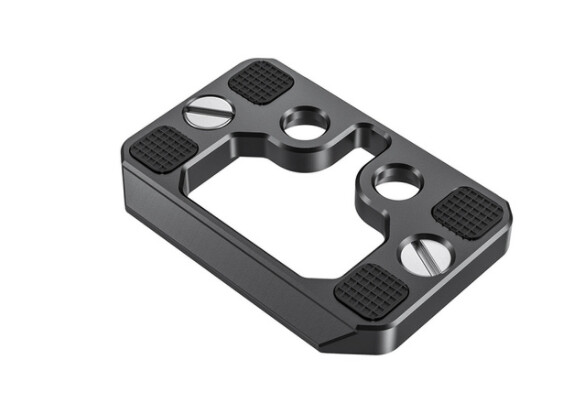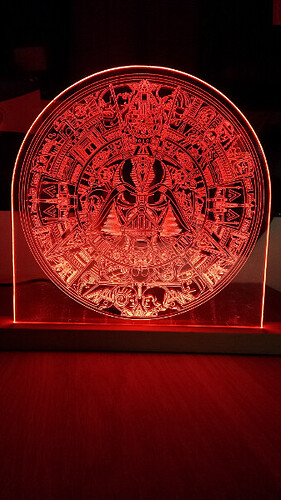Hey there!
For the brackets, they are mostly camera-related gear or small robotics. So all the plates easily fit inside the 8x8x3 volume of the Nomad with room to spare as do EDC knife blanks as well as electronics cases and so on.
A typical plate would be about 3x5 inches, in 1/4" aluminum with an outer contour, 2 weight reduction pockets, and 4 holes drill so I can hand tap for 1/4 / 20. I have absolutely no frame of reference for what an operation like that might take on a nomad, time-wise. Another part example is int he JPG’s, that one is about 1.5 x 2.5 inches.
Your point about the HDM is a good one. I really have two environments I operate in. The first is a “lab” space with my electronics bench, 3d printers, desktop laser cutter. Temperature controlled, in my house and I work there doing prototypes of internet of things and small robotics projects for myself and a small but growing client base.
The other is going to be in my garage. That’s where the miter saw, welder, drill press, and so on live. That is also where a large CNC with an enclosure will no doubt wind up.
The thing is, I really care about precision. So after this thread, I really evaluated the idea of an HDM, and think it is the right answer for a large machine for me. There is no point in getting a pro at the moment - it just won’t hit the accuracy I want for the parts I am doing a lot of the time for the next 3-5 months.
So my (5 minute old) plan is… pick up the Nomad 3. Take the speed/power hit assuming it CAN make the parts I need at all but get myself up the learning curve with CNC from 3d printing. Make use of the speed/accuracy a real spindle can hit and turn out some parts - then, when the time comes to expand, put an HDM out in the “shop” and be able to retain the accuracy and RPM control I am used to.
Even with the HDM, I will never regret having the Nomad 3 to hand in the lab space, I am just not always going to want to be out in the garage at 3am with no Air conditioner in TX to work on a part that can easily fit in the Nomad!
Ken






